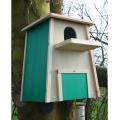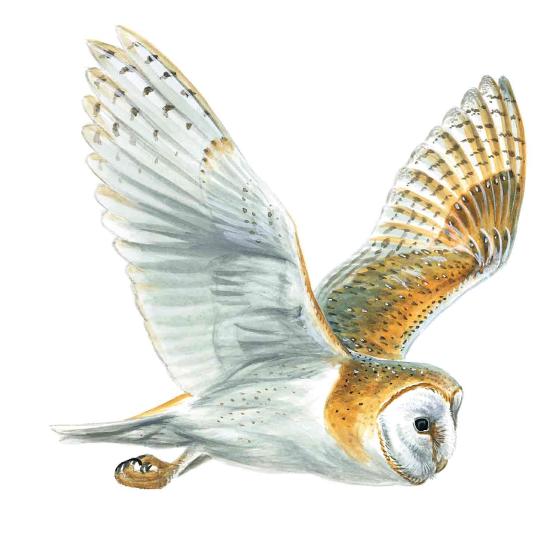Unhappy with your item? We offer no-quibble free returns
Sourced through ethical and sustainable accreditations
£3.95 standard UK shipping, or free shipping over £40
Every purchase you make supports wildlife


RSPB Barn Owl nest box
- Made in the UK from FSC®-certified timber with waterproof, recycled plastic sides
- Designed to withstand all weather conditions
- Includes a cleaning hatch, large landing shelf and fledgling exercise area
- A spacious interior for young owls
- Supplied untreated to preserve natural timber breathability
FREE UK delivery with orders over £40
Product description
Our Barn Owl nest box is the perfect space for Barn Owls to roost and nest. This nest box features a cleaning hatch, a large landing shelf and a fledgling exercise area. It has a flat roof to provide further room for the young owls to exercise their wings.
Made from FSC®-certified, naturally durable timber with waterproof, recycled plastic sides, this box is designed to withstand all weather conditions. Please note: the green colour may vary slightly as it's made from recycled material.
As owls are a protected species, there are some things to look out for. Please read the information in the advice section before purchasing this nest box.
- Suitable for external use, in a barn or farm outbuilding
- Recycled plastic/farm waste components offer long-term protection from the elements
- Easy access for monitoring or cleaning (please refer to the advice document beforehand)
- Camera clip is fitted near a small hole at the back of the box for cabling access (for monitoring)
- Includes detailed advice document (hard copy delivered and PDF attached)
- Measures 57cm (W) x 49cm (D) x 67cm (H).
- Weighs 11.2kg
Please note: The shade of the green components may vary as these are made from recycled material.
- Free UK delivery for orders of £40 or more (or £3.95)*
- Please allow 3-5 working days for in stock items to be delivered
See our delivery and returns page for full details.

